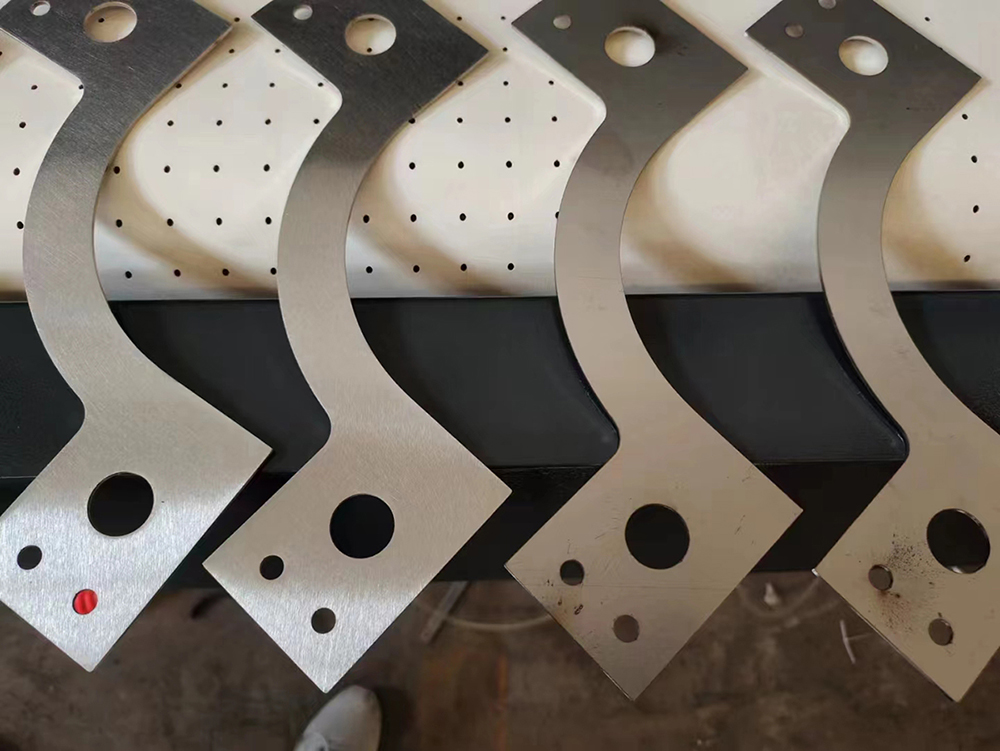Deburring machine for Laser cut and punched parts
Oct 18 ,2023
1: Introduction
Laser cutting technology has become a cornerstone of modern manufacturing, enabling high-precision material cutting. However, it often comes with a challenge: burrs and sharp edges. These edge issues can impact product quality, appearance, and safety. Therefore, addressing them is crucial. This article will take you on an in-depth journey into the process of laser cut deburring, helping you achieve smooth, precise, and safe edges, ultimately enhancing your manufacturing quality.
2: Laser Cutting and Edge Issues
Precision and Challenges: Laser cutting is a highly precise technology used in various industries. However, it presents challenges when it comes to edge quality. The laser’s intense heat often leads to burrs and sharp edges at the cut boundaries, which can affect the final product’s quality.
The Laser Cutting Process: Laser cutting involves using a concentrated laser beam to cut materials with great accuracy. While it creates clean cuts in the main body of the material, the edges can be problematic due to the dissipation of laser energy.
3: Definition of Laser Cut Deburring
Purpose and Significance: Laser cut deburring is a specialized manufacturing process essential for removing burrs and sharp edges generated during laser cutting. Its primary goal is to enhance the overall quality, appearance, and safety of the final product.

Aesthetic and Functional Impact: The process of laser cut deburring goes beyond aesthetics. It is about ensuring the product’s functionality and safety. Unattended burrs and sharp edges can compromise structural integrity, potentially leading to assembly issues, product performance concerns, and safety hazards.
Process and Tools: Laser cut deburring involves a series of steps, from material preparation to edge chamfering and smoothing. Various tools and techniques are employed based on the industry’s requirements and the materials used. The process addresses edge issues, allowing the full benefits of laser cutting, such as precision and speed, to be realized without compromising quality and safety.
4: Laser Cut Deburring Process
The laser cut deburring process typically comprises several key steps. Firstly, the material being cut undergoes the laser cutting process, forming preliminary cut edges. Subsequently, deburring brushes, grinding machines, or edge chamfering equipment are employed to treat the edges. These steps aim to remove burrs and make the edges smooth and safe.
5: Common Edge Issues
Laser cutting can lead to various edge issues, including burrs, sharp edges, and irregularities. These problems can reduce product quality, affect appearance, and even pose safety hazards. One of the objectives of the deburring process is to address these common issues, ensuring the acceptability of the final product.
6: Tools and Equipment
Laser-cut deburring requires the use of various tools and equipment. These tools include deburring brushes, grinding machines, edge chamfering equipment, and more. Each has its unique function in removing burrs and achieving smooth edges.


